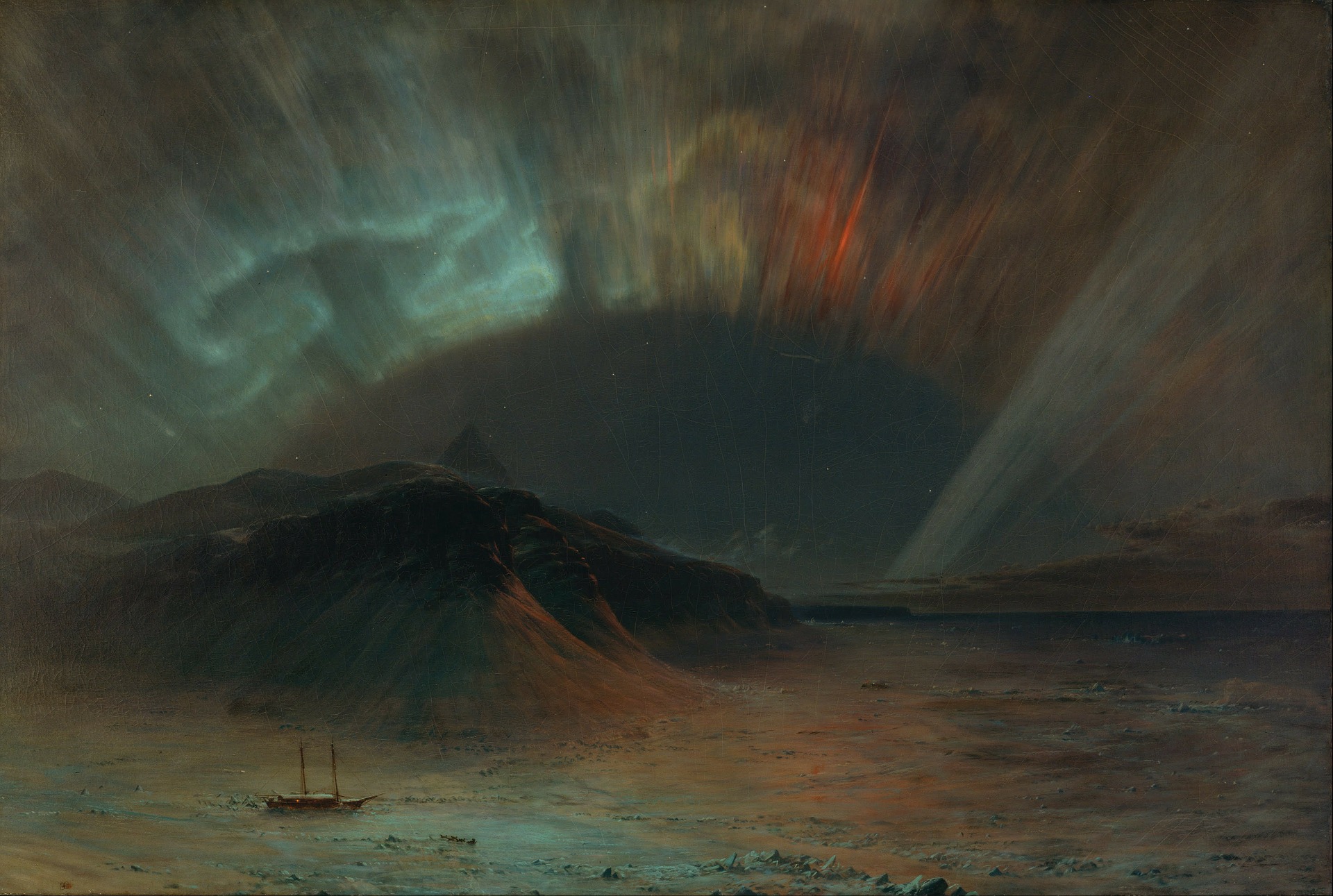 Submitted by Julia on
Submitted by Julia on

pixabay.com
All over the world, human beings seek the truth about the meaning of life. They do this in different ways but it is the spirit of their search which determines the quality of their findings. There are many degrees and variations of those who seek truth, a unusual brand of human beings who seek to understand the meaning of life on a fundamental level. These groups, for the most part, fall into two classes, science and religion. (And those who seek to interpret and present the meanings of these two groups are the artists.)
Many religions have two branches. There is the exoteric branch, where the basic ideas and the story of its founders and the various histories are recorded. Here too is the big book, the manual, that describes how to follow its teachings. The new comer is fascinated by it, believing it to be the book of truth, where the mystery of all creation is finally unveiled. The veteran either accepts the big book as it is or makes a few fresh interpretations. Those who belong to the exoteric group are large in number.
But many long-established religions also have a secret branch, where the interpretation is wholly different, more insightful, and often informed by experiences of personal revelation. This is the esoteric branch. This group is seldom organized. If it is, then you can only join through a personal invitation. The qualifications to join are not clear and what you may learn may be startlingly different from what is taught in the main religion. This group is often secretive because the main branch may often consider the new ideas heresy. As you can imagine, the members of this group are few in number.
In Judaism, the esoteric branch were the Essenes. In Christianity, the esoteric branch were the Gnostics. And in Islam, the esoteric branch were the Sufis. Those who belonged to the esoteric branch were called mystics. Whether these groups still exist today, of course, is a whole other discussion. Besides these groups, there have been many other schools of mysticism.
In the 20th century, as both knowledge and communication technology expanded exponentially many ancient secrets were revealed. Out of this, a new brand of mysticism has unfolded, some may have their roots in earlier traditions, but others have many roots and can be considered eclectic. In fact, one can even be a lone mystic without relation to any group at all.
The essential difference between these two groups is the level of revelation. Both groups may have high levels of erudition and faith, both may believe that they have a firm grip on the truth, but the dividing line is that the mystic has an unworldly sense of awe and wonder, which may be due to spiritual experiences that made the knowledge more intimate and more alive.
While all scientists are in a quest for the truth, Physics is the specialized group that seeks to understand the whole universe.
Similarly, in Physics, too, I believe there is an exoteric and an esoteric branch. Everyone may know the same thing in both branches, but the level of intimacy with the knowledge is different.
Technicians are the large group. They know the mathematics, understand the formulas, and can present a decent exposition of the ideas.
The mystics of Physics, however, are harder to define. They have a different attitude and "feel" for Physics.
Perhaps an example might make it more clear. You will see at once that this type of person views Physics as a multi-dimensional experience.
"Physical concepts are free creations of the human mind, and are not, however it may seem, uniquely determined by the external world. In our endeavor to understand reality we are somewhat like a man trying to understand the mechanism of a closed watch. He sees the face and the moving hands, even hears it ticking, but has no way of opening the case. If he is ingenious he may form some picture of a mechanism which could be responsible for all the things he observes, but he may never be quite sure his picture is the only one which could explain his observations. He will never be able to compare his picture with the real mechanism and he cannot even imagine the possibility of the meaning of such a comparison."
The mystic? Albert Einstein. (The Evolution of Physics, p. 31).
In Physics today, the masters are in pursuit of essence. They seek the essence of quantum mechanics, quantum logic, special relativity, general relativity, and some new directions that Physics is currently moving in.
I compare Physicists to mystics because they have much in common.
One, they both share the same quest: understanding the meaning of everything; coming up with a brief history of everything by examining the underlying principles or laws that govern the universe.
Two, many of their findings are remarkably similar. I'll give a really quick example. The lay person, informed by commonsensical observation, may believe that there is only one spatiotemporal dimension. The religious person may believe that there is at least a heaven and an earth (although some may factor in a few more dimensions referred to as purgatory and hell). But both mystics and physicists believe that there may be many dimensions. Mystics hold as many as 7 or more dimensions, while physicists hold as may as 11 or more (a new branch known as String Theory).
Three, both physicists and mystics, appear to gather their understanding from more than observation and experimentation; they develop insight. In-sight. They literally look within. For example, Albert Einstein would sit in silence, holding two rocks in either hand and slip into a state of deep relaxation, a Theta-level of consciousness, where he could then visualize his thought experiments more clearly. When he slipped into Delta, the brainwave state of sleep, he would wake himself up by dropping a rock. Mystics use a similar device, referred to as meditation or contemplation. They both understand that at the beta level of consciousness, the brainwaves of everyday waking consciousness, you pretty much have the same level of thoughts, and that to really understand anything, you need to drop to Alpha or, if you can, into Theta.
Ultimately, it is our appreciation for novelty that determines our capacity to open new fields of knowledge from the appearance of things. Those who wed a sense of awe and wonder with inquiry are those who discover the secrets of life. It does not matter to which group, if any, you belong to in your quest for the truth about the meaning of life, what matters most is the spirit of your quest. Your spirit and sense of adventure will inform the depths of your experiences and give you startling conclusions. In a world where most people are in a coma of habituated thought, it is remarkably refreshing to look upon everything with the eyes of a child; over time, with sufficient inquiry, this process then results in the evolution of the mind of a sage.
Saleem Rana
http://www.articles3k.com/article/812/161452/Heralds_Of_The_Dawn_Explorers_Of_The_Light/
- 709 reads